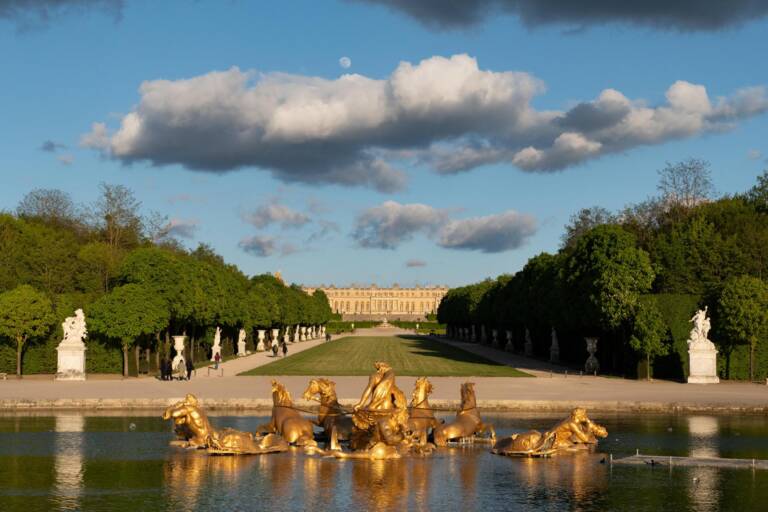The Palace of Versailles embarks on a bold new chapter — blending centuries-old grandeur with cutting-edge innovation. In collaboration with artificial intelligence specialists OpenAI and the French cultural platform Ask Mona, the iconic French estate has launched a groundbreaking interactive project that lets visitors converse with its legendary garden statues. The initiative, now live through winter 2025, is part of Versailles’ growing commitment to make heritage immersive, intelligent, and delightfully unexpected.
Versailles statues speak across centuries and languages
In this ambitious fusion of art and AI, 20 of the Versailles statues scattered throughout the palace gardens have been brought to life via chatbot-powered conversations in French, English, and Spanish. By scanning a QR code via the Versailles mobile app, visitors can initiate lifelike dialogues with these historic figures — from the cheeky Cupid atop a sphinx to the majestic Apollo Fountain, radiant symbol of Louis XIV himself.
But this isn’t your standard museum chatbot. The experience is fluid, engaging, and surprisingly witty. Statues can recite facts — like the Latona Fountain’s origin in Ovid’s Metamorphoses — but also indulge in storytelling, personality, and sly historical commentary. One statue may recount a nobleman’s clumsy dance in the garden, while another reflects proudly on the legacy of royal extravagance. Each interaction is subtly crafted to match the character of the statue, offering a touch of theater within a botanical stage.
Technology rooted in history — and vision for the Future
As artificial intelligence finds its place in heritage spaces, Versailles positions itself once again at the forefront. The estate’s president, Christophe Leribault, emphasized that innovation has always been part of the Palace of Versailles’ legacy — from early balloon flights to massive 17th-century hydraulic systems. “Scientific innovation is an integral part of our history,” he stated.
With The Palace of Versailles with artificial intelligence now live and engaging audiences on-site, this extraordinary union of history and high tech reaffirms that the past speaks — and, in 2025, it speaks in three languages.

Courtesy of EPV

